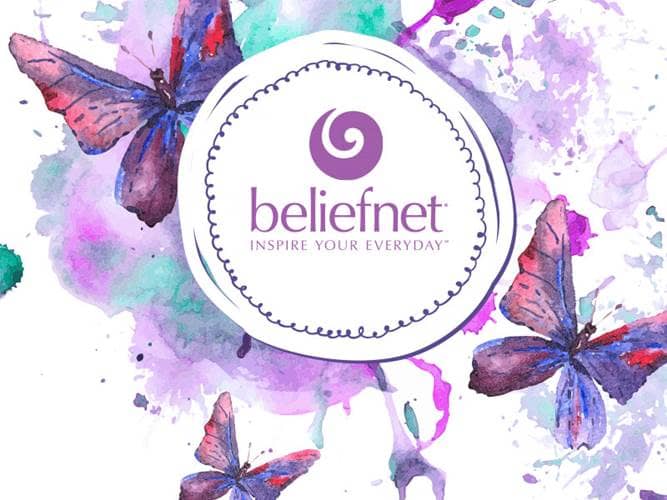For a $225 payment to BarMitzvahPoems, your special guests can be welcomed to the front of the banquet hall with verses like this: "We've always been so very close; on you I can depend/You're more than just an aunt to me; you are my special friend."
According to the website, your $225 also gets you an audio tape featuring a voice "reciting each rhyme-making it easy for your child to practice the inflection and intonation of each poem."
It wasn't until I noticed the tiny Visa and Mastercard logos in the corner of the web page that I realized the people behind BarMitzvahPoems meant business. The site is not a joke-instead, it is one of many examples of the transformation of every part of the bar and bat mitzvah celebration into a marketable commodity. This rite of passage, along with its commercial ramifications, has become so ubiquitous in American culture that in the past several years both The Simpsons and Frasier have featured characters celebrating a bar mitzvah; the Forward has reported on the explosion of bark mitzvahs, bar mitzvah celebrations for dogs; and the Wall Street Journal has drawn attention to an even more surprising trend: bar mitzvahs for non-Jews.
In an environment like this, can a contemporary bar or bat mitzvah celebration possibly have any real religious meaning for a 13-year-old child, or for his or her parents? Enter Mark Oppenheimer, a journalist with a religious history Ph.D. from Yale, who, with his new book, "Thirteen and a Day: The Bar and Bat Mitzvah Across America," seeks to find out.
Part theological investigation, part travelogue, "Thirteen" explores the diversity of bar and bat mitzvah ceremonies and celebrations in America today. To many familiar with the bar mitzvah scene-especially those who have put in their time at ceremonies week after week-the experience may seem rote: Torah portion, after-service luncheon, party for the kids. But this book details an astounding variety of bar and bat mitzvah experiences in the U.S.
Oppenheimer sneaks into a posh Upper East Side bat mitzvah to catalogue its excess: mock casino tables for kids to try their hands at blackjack, party motivators who encourage the guests to dance, a station for turning instant photos into Sno-Globes. He visits a Jewish Renewal-style bar mitzvah in Fayetteville, Arkansas, where he's one of the few men not sporting a ponytail and the entertainment is a klezmer band called the Po' Goys. He even travels to the bar mitzvah of the son of the local Chabad rabbi in Anchorage, Alaska, where the kosher food has to be flown in by chartered plane from Los Angeles and the guests include a black female champion bench presser who is converting to Judaism.
Oppenheimer occasionally indulges in unnecessary moral philosophizing about his subjects-"And Annie still might turn to the dark side-rather, she will turn to the dark side, in that even the most childlike do grow worldlier. Someday Annie will drink, someday she will have sex," he writes of the seemingly fleeting innocence of the bat mitzvah girl. But most of the time Oppenheimer remains an impartial narrator, enabling readers to be as intrigued as he is by certain customs-the traditional Bar Mitzvah Maamer, or discourse, a speech in Yiddish recited from memory by Lubavitcher Hasidim in honor of their bar mitzvahs-and as dismayed as he is by others, like the watered-down services at a synagogue in Scarsdale, New York, shortened to accommodate bar mitzvah guests.
For Jews who have lived their own bar and bat mitzvah experiences, or planned the ceremonies and celebrations of their children, parts of Oppenheimer's book might be a bit basic. Non-Jews and Jews less familiar with bar mitzvah trends and customs-not to mention the costs-will appreciate the detailed account "Thirteen" provides of every element of the process and emerging traditions, from the role of the bar mitzvah tutor to the recitation of the Haftarah to the growing number of adult bar mitzvahs. The book is packed with historical detail, interesting for any reader, no matter how versed in bar mitzvah culture. Readers learn that there is no mention of the bar mitzvah in any of the major Jewish sacred texts, that the first known description of a bar mitzvah party comes from a Polish rabbi in the mid-1500s, and that the bar mitzvah ceremony was long shunned by Reform Jews, until its comeback in the late 1960s.
If parts of the book seem like they cater more to non-Jews without any background knowledge than to those more Jewishly literate, Oppenheimer has good reason. "If present trends hold," he writes in the introduction to the book, referring to the "faux mitzvahs" trend, "the bar mitzvah might someday be more popular than Judaism itself."
But in the end, what "Thirteen and a Day" demonstrates is just the opposite-that it is Judaism itself, in all its varied forms, rituals, traditions, and meanings, that give the bar mitzvah its shape and its significance. With a few possible exceptions, Oppenheimer details the coming-of-age experiences of people who are actively engaging in Jewish learning, who are intimately tied to Jewish culture and observance, at many levels, and who want to celebrate a bar or bat mitzvah not because it means a larger bank account but because they view the event as a gateway to a more meaningful adult Jewish life.

